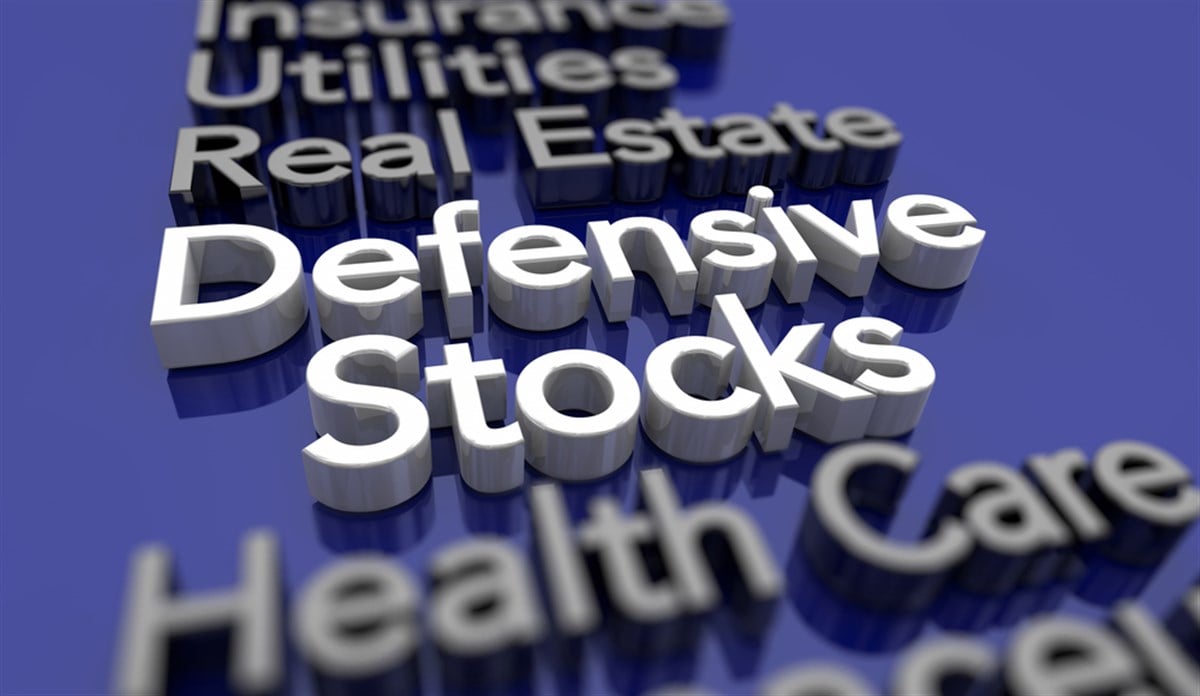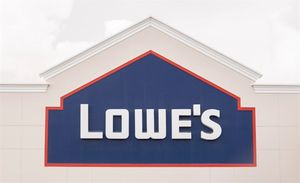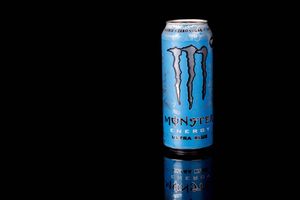Financial News
Defensive Sectors: Shielding Your Portfolio in Volatile Times

Volatility has re-emerged in the financial markets, rattling investors and sending shockwaves through global equities. The CBOE Volatility Index (VIX), commonly known as the “fear gauge,” experienced a dramatic spike in early August, soaring by a staggering 170% to hit a high of 65. This marked the largest intra-day gain on record, surpassing even the levels seen during the COVID-19 crash and the 2008 Great Recession.
Although the VIX has since retreated to more manageable levels, it remains elevated, reflecting ongoing market anxiety. This week’s renewed surge in volatility comes amid a series of negative reactions to critical economic data, a weakening U.S. dollar, and the looming uncertainty of the upcoming election cycle.
The Appeal of Defensive Sectors
In times like these, defensive sectors traditionally offer a haven for investors. As we head into a period marked by likely Fed rate cuts and broader economic uncertainty, positioning your portfolio defensively could be a prudent move. Defensive sectors, such as consumer staples, healthcare, real estate, and utilities, perform relatively well during market downturns. These sectors are composed of companies that offer essential products and services, which people continue to rely on regardless of economic conditions.
Consumer staples, for instance, include businesses that produce everyday goods like food, beverages, and household items, which tend to enjoy steady demand. Healthcare is another defensive play, as medical services, treatments, and pharmaceuticals are necessary regardless of economic cycles. Real estate, particularly in sectors like residential properties, offers potential income streams and acts as a hedge against inflation. Finally, the utility sector, which provides essential services like electricity, water, and gas, benefits from its highly regulated and stable revenue streams.
Investors looking for broad exposure to these sectors without the need to select individual stocks may consider exchange-traded funds (ETFs) as an efficient way to gain diversified exposure. Here’s a closer look at each of these defensive sectors and the leading ETFs that might help safeguard your portfolio during market turbulence:
Utilities Select Sector SPDR Fund: A Strong Performer in a Volatile Market
Utilities Select Sector SPDR Fund (NYSE: XLU) is a widely popular ETF that tracks the Utilities Select Sector of the S&P 500 Index. It provides broad exposure to essential service companies like electricity and water providers, boasting a dividend yield of 2.69%. With an average trading volume of 13.2 million, the XLU is highly liquid and has outperformed year-to-date with a gain of over 21%. Recent market volatility has further boosted the sector, with the ETF up 5% in the last month. Top holdings include industry leaders like NextEra Energy, Southern Company, and Duke Energy.
XLV ETF: Healthcare Sector’s Defensive Strength Shines
Health Care Select Sector SPDR Fund (NYSE: XLV) is a strong option for investors aiming to capitalize on the healthcare sector’s defensive characteristics. Tracking the S&P Health Care Select Sector Index, XLV’s top holdings include major players like Eli Lilly, UnitedHealth Group, and Johnson & Johnson. Year-to-date, the ETF has risen by over 13%, and in the last three months, it has gained nearly 6%, partly benefiting from market uncertainty. The ETF offers a dividend yield of 1.29% and has a low expense ratio of 0.09%.
Consumer Staples ETF XLP: Reliable Names for Market Downturns
Consumer staples are often the go-to defensive sector during market downturns, and the Consumer Staples Select Sector SPDR Fund (NYSE: XLP) provides efficient exposure to this space. With a 2.21% dividend yield, the ETF focuses on large, stable companies like Procter & Gamble, Costco Wholesale, Walmart, and Coca-Cola, all of which have weathered multiple market cycles.
XLRE: Gain Inflation Protection with Real Estate Sector Exposure
The Real Estate Select Sector SPDR Fund (NYSE: XLRE) is a strong choice for investors seeking real estate exposure. This ETF is based on the S&P Real Estate Select Sector Index, focusing on REITs and real estate stocks. Offering a solid dividend yield of 3.14% and a low expense ratio of 0.09%, XLRE provides investors access to top holdings such as Prologis and American Tower. It’s a favored way to gain diversified exposure to the real estate sector, which can serve as a hedge against inflation and in uncertain economic times.
More News
View More





Quotes delayed at least 20 minutes.
By accessing this page, you agree to the following
Privacy Policy and Terms Of Service.



